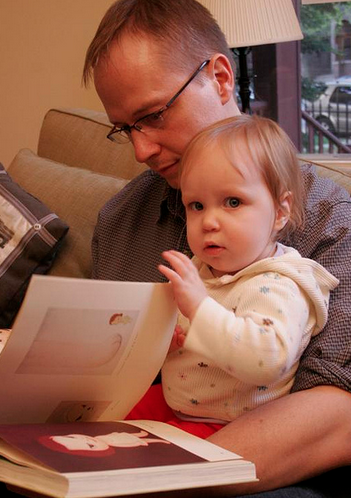Today’s headlines are full of news about the most recent school shooting. As a parent, this is terrifying. As a pediatrician, it’s both incredibly sad and frustrating. I’ve dedicated my life to keeping kids healthy. It’s always hard when children die: when entire communities grieve the loss of that child’s spark and potential. Sometimes it’s disease that is responsible – but much more often it is preventable accidents.
Schools should be safe places. Yet, there’ve been 74 school shootings since the horrors at Sandy Hook. As a nation, we’re averaging over a shooting per school week. During the evacuation of Reynolds High School in Troutdale, Ore., authorities found another student with a gun in the school. This gun wasn’t related to the shooting. But, one has to ask: why in the world are students bringing guns to school? And how do they get them?
In a country with our enormous resources we should all be shocked that homicide remains the second leading cause of death for all children aged 1-19, according to the American Academy of Pediatrics. Black teens are in an even more precarious place – with homicide being the leading cause of death for black kids aged 15-24.
I have no interest in politics when it comes to the safety of children, only common sense and responsibility. I have no desire to hunt, nor do I care to take away everyone’s reasonable weapons. But no one needs a massive magazine. I wish I could live in a world where the only magazine my kids had to learn about had pictures of Beyonce and Justin Bieber. But I don’t and I have to be a realist in addition to a dreamer.
So, I have a dream.
In my dream, children are safe in their schools. Kids aren’t exposed to guns there. There are mental health resources available to those who need them – and they are easily utilized. Every child has a pediatrician, and scheduled check-ups so that mental health issues can be detected early and treated and so that we pediatricians can help level the playing field for parental education. All kids have the same opportunities – for education, for extracurricular activities, and, yes – for food and shelter.
And I understand reality – so in our home we sometimes ask our kids (girl, 9 and boy, 6) about guns. We recently asked them again: “what would you do if you found a gun?” Our son doesn’t understand the difference fully (nor is he expected to) between play guns and serious weaponry so I worry that he would play with it… But he’d give it to his teacher (I think he has a crush on her). So that’s guns 1, parents 0 because he needs to leave it on the ground so he doesn’t blow away his class by accident… Our daughter would not touch it and would tell a grown up. She learned from our panic attack at last request when she would have thrown it away…so as highly educated and passionate individuals we’re only batting .500.
Please keep your reasonable guns locked and empty. Please talk to your kids. Please teach responsibility. And please help to create a world where we can still raise dreamers.









